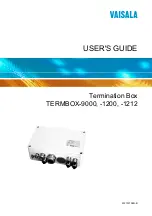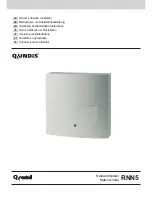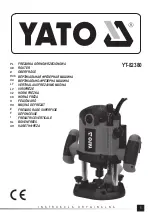
NEXPEED NBG440 User’s Manual
NexComm Systems, Inc. 55 PAGE
Configuring IEEE 802.1P/Q Tagged VLAN
By default, the NBG440 bridge can forward 802.1Q tagged traffic via all ports on the unit.
Also the NBG440 bridge configures the tag-based VLANs (802.1Q and 802.1P).
VLANs (Virtual LANs)
A VLAN is a group of devices on one or more LANs that are configured to communicate as if they
were attached to the same wire, when in fact they are located on a number of different LAN
segments. A group of devices that belong to the same VLAN, but are part of different LAN
segments, are configured to communicate as if they were part of the same LAN segment.
VLANs enable efficient traffic separation and provide excellent bandwidth utilization. Also it can
be very useful for security, broadcast containment, and accounting.
Tag-based VLANs (802.1Q)
It is to transmit and receive packets with tag into Ethernet frame header.
Tagging is a process that
inserts a tag into the Ethernet frame. The tag contains the identification number of a specific
VLAN (called the VLANid) and the priority bits (802.1p).
VLANid is set to any value from 0 to 4095 and especially 0, 1 and 4095 are reserved for particular
usage.
802.1Q Priority Queuing (802.1P)
The NBG440 supports the standard 802.1p priority bits that are part of a tagged frame. The 802.1p
bits can be used to prioritize the frame. Priority queuing eases network congestion by mapping
ingress traffic that contains 802.1p priority bits to different priority queues on the egress port.
The NBG440 takes the eight priorities specified in 802.1Q tags and maps them to four queues.
Queue 1 is the highest prioritized and queue 4 is the lowest, then priority 6 & 7 are mapped into
the highest queue 1, and 0 &1 into the lowest queue 4.
















































